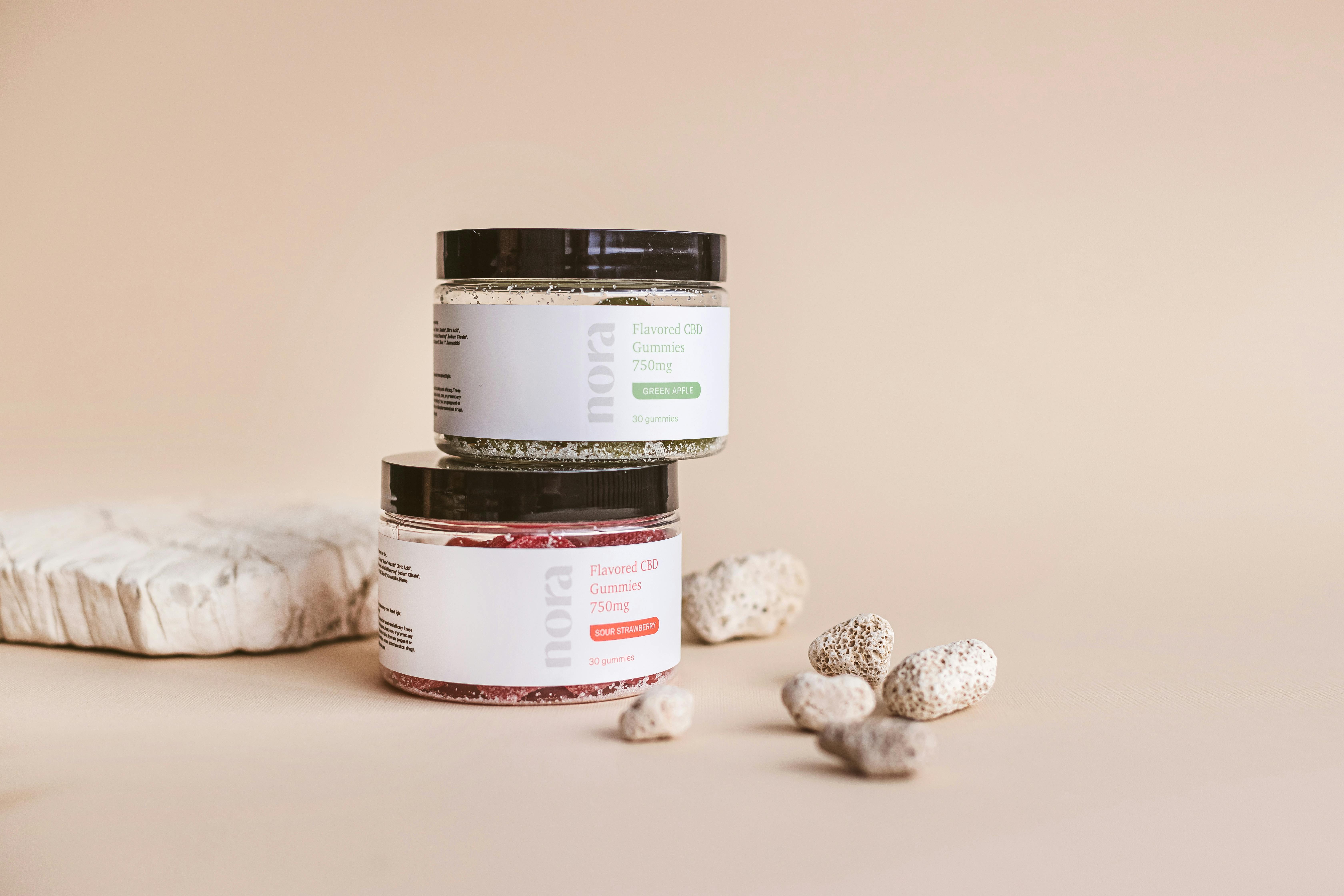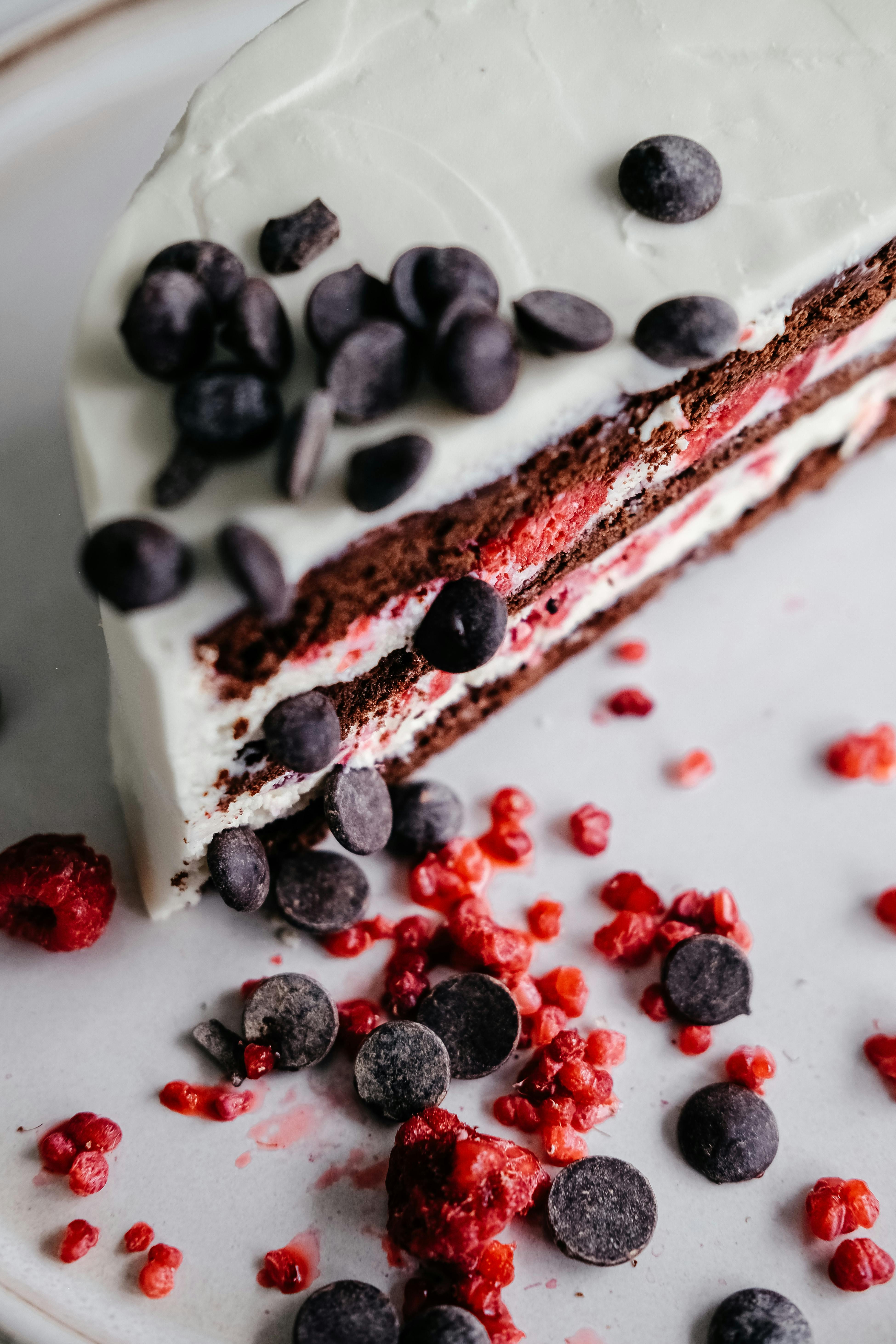Essential Guide to Gluten-Free Keto: 5 Smart Tips for Success in 2025
As the popularity of the keto diet continues to rise, many individuals are seeking ways to adapt it for their specific dietary needs, particularly those with gluten intolerance. The gluten-free keto lifestyle provides a unique opportunity to enjoy the benefits of low-carb meals while avoiding gluten-containing ingredients. This article offers a comprehensive guide filled with tips and strategies to help you navigate the keto diet successfully in 2025.
Transitioning to a gluten-free diet doesn't have to mean sacrificing flavor or nutrition. In fact, many healthy fats and fresh, whole foods can be incorporated into your keto meal plans. Whether you are looking for gluten-free snacks or exciting keto recipes, you’ll find useful strategies to maintain a ketogenic lifestyle without compromising on taste or dietary restrictions.
In this guide, we will explore five smart tips for succeeding on a gluten-free keto journey. From meal prep to shopping for the right ingredients, you'll gain insights into how to make this lifestyle both enjoyable and sustainable. Let's take a closer look!

Smart Meal Prep: Essential for Success
Success on the gluten-free keto diet heavily relies on effective meal preparation. By planning your meals in advance, you ensure that you always have compliant options ready to go, helping you stay on track with your dietary goals.
Creating a Weekly Meal Plan
A well-structured meal plan is critical. Start by mapping out your meals for the week, focusing on low carb meals that are both nutritious and delicious. Incorporating a variety of proteins, fats, and fibrous vegetables will help keep your meals interesting.
For instance, include options like **grilled chicken thighs**, **avocado salads**, and **zucchini noodles** to add diversity to your meals. Aim for ingredients that are gluten-free and align with your keto-friendly approach.
Batch Cooking for Convenience
Batch cooking is another smart strategy. Prepare large quantities of dishes that freeze well, such as **keto-friendly chili** or **coconut-flour pancakes**. This way, you will have ready-to-eat meals on hand, minimizing temptations for non-compliant snacks.
Don't forget to label your meals with their respective macros to ensure proper tracking of your net carbs while keeping your weight loss goals in mind.
Smart Snacking: Choose Wisely
When on a gluten-free keto plan, snack choices can make or break your day. It's essential to have healthy snacks that comply with your dietary requirements. Opt for **nuts**, **cheese**, or homemade **keto protein bars**. Avoid pre-packaged snacks that may contain hidden gluten or added sugars.
Having a well-stocked pantry with gluten-free options can keep you prepared. Include gluten-free grains like quinoa and gluten-free alternatives like almond flour for versatile snacking and baking solutions.

Understanding Gluten-Free Ingredients
It’s vital to have a solid understanding of gluten-free ingredients when following a gluten-free keto plan. Familiarize yourself with gluten-free foods and how to cook with them to optimize your results.
Identifying Gluten in Processed Foods
One of the biggest challenges is recognizing gluten in processed foods. Always read ingredient labels carefully, as gluten can lurk in many unexpected products. Common culprits include sauces, dressings, and even certain spices. Understanding packaging labels can empower you to make safer choices for your meals.
Exploring Gluten-Free Substitutes
There are plenty of gluten-free substitutes for traditional ingredients. For instance, replacing regular flour with almond or coconut flour can work wonders in baking. Both options provide the necessary texture while keeping your meal low in carbs.
Additionally, **gluten-free pasta** made from chickpeas or lentils can be a great way to enjoy your favorite comfort foods without straying from your keto objectives. Experiment with different ingredients to discover what works best for your tastes.
Maximizing Your Fat Intake
Incorporating healthy fats is crucial in any keto diet. Options like **olive oil**, **avocado**, and **grass-fed butter** should be staples in your kitchen. They not only enhance flavor but also provide essential nutrients that support your body during the transition to ketosis.
Keto Recipes: Simple and Delicious
Exploring new recipes can keep the diet fun and exciting. There are numerous gluten-free keto recipes available that are easy to prepare and appealing to the palate.
Easy Dinner Ideas
Prepare quick dinners that make low-carb eating hassle-free. Enjoy **grilled salmon with asparagus** or **stir-fried vegetables with tofu**. Both are low in carbs and packed with nutrients necessary for the ketogenic diet.
Sweet Treats: Satisfy Your Cravings
Even on a restrictive diet, it’s possible to enjoy dessert! Create **gluten-free keto desserts** like **avocado chocolate mousse** or **coconut flour brownies** that will satisfy your sweet tooth without derailing your diet.
Breakfast Made Easy
Start your mornings off right with quick options such as **scrambled eggs with spinach**, **smoothies made with dairy-free milk**, or **bulletproof coffee** for an energy kick. Preparing a few gluten-free breakfast options in advance will save time during busy weekdays.
Maintaining a Balanced Ketogenic Lifestyle
To succeed with your gluten-free keto diet, focus on maintaining balance and adhering to your goals. Practicing self-control and tracking your macros can help in attaining a healthier lifestyle.
Monitoring Your Macros
Keeping track of your macronutrient intake is key. Use apps to help monitor your gluten-free keto meal plan and ensure you're staying within your carbohydrate limits. Proper macronutrient ratios will facilitate the transition into nutritional ketosis.
Understanding Portion Sizes
Additionally, understanding portion sizes will help manage your weight effectively. Use measuring cups or a kitchen scale to ensure you're eating the appropriate amounts, especially for high-calorie items like nuts and avocado.
Exploring Dining Out Tips
When eating out, always inquire about how dishes are prepared to avoid gluten contamination. Many restaurants offer keto-friendly options, and being proactive can lead to discovering new favorite spots!
Frequently Asked Questions About Gluten-Free Keto
1. What is the gluten-free keto diet?
The gluten-free keto diet combines the principles of keto—high fat, moderate protein, and low carbs—with a gluten-free lifestyle. It is intended for those who have gluten intolerance or wish to avoid gluten for other health reasons.
2. Can I still lose weight on a gluten-free keto diet?
Yes, many individuals successfully lose weight on a gluten-free keto diet by focusing on healthy fats and low-carb meal options while avoiding gluten-containing foods. Tracking your macros remains essential.
3. Is it hard to find gluten-free keto foods?
While it may require some effort to find suitable ingredients, many grocery stores now carry a variety of gluten-free options. Utilizing online resources can also help discover gluten-free alternatives.
4. What should I do if I accidentally consume gluten?
If you consume gluten unintentionally, monitor your body's response. Stay hydrated and listen to your body. If symptoms persist, consult a healthcare professional for guidance.
5. Are there benefits to a gluten-free keto diet?
Yes! People on a gluten-free keto diet report improved energy levels, enhanced mental clarity, better digestion, and successful weight loss. This lifestyle can also assist those with specific dietary restrictions.
